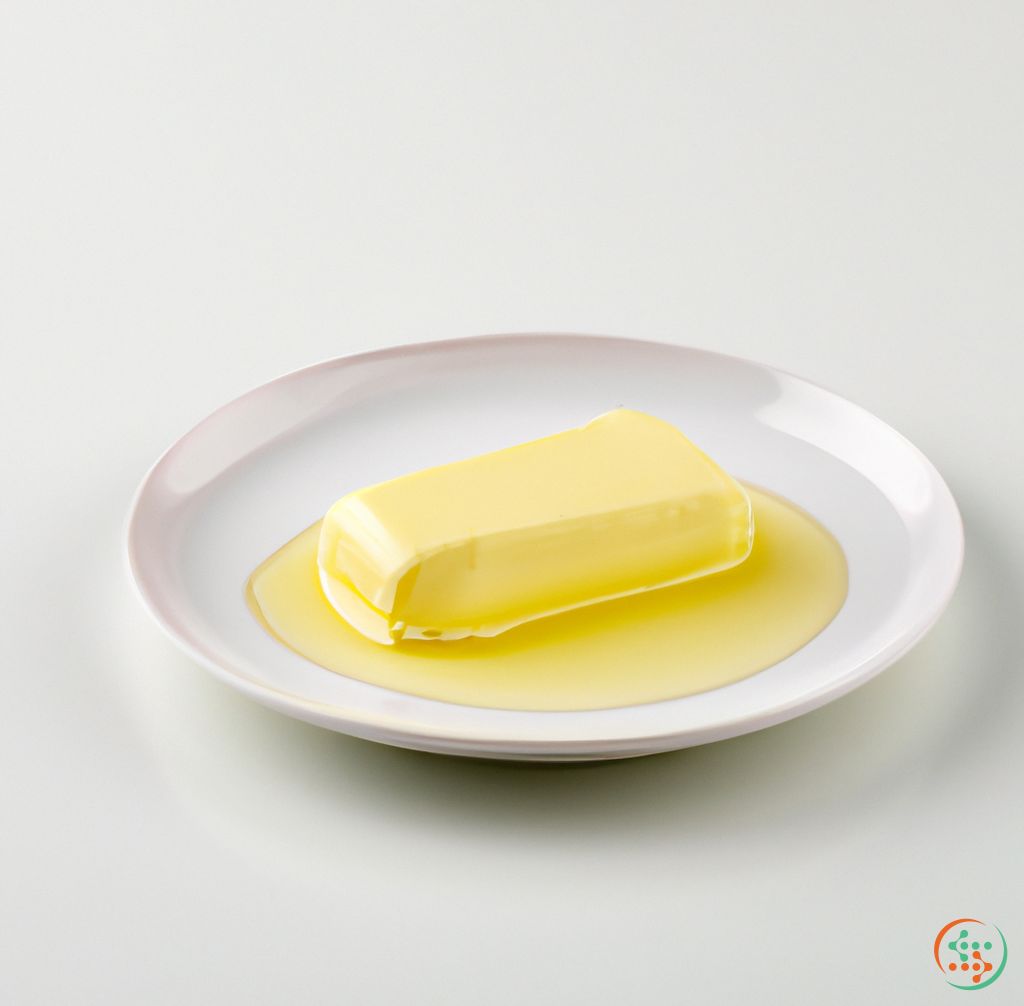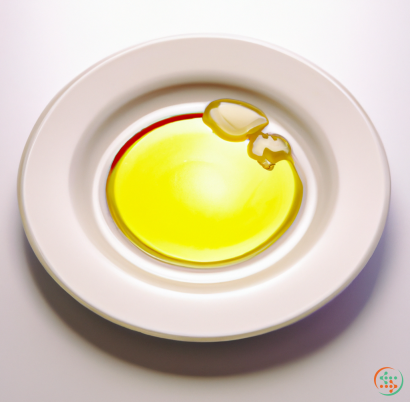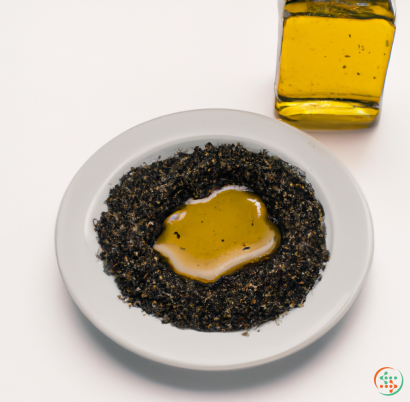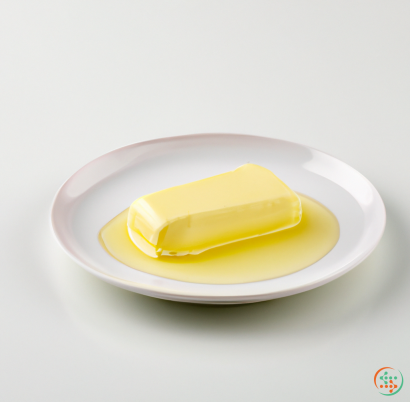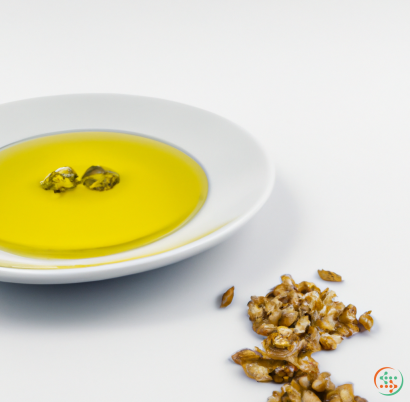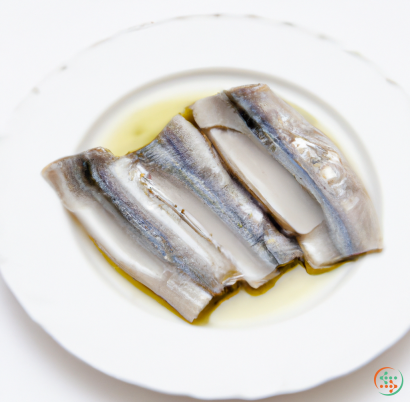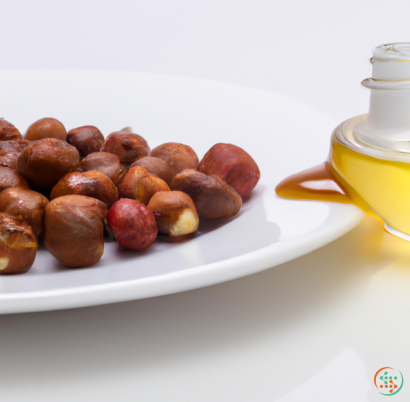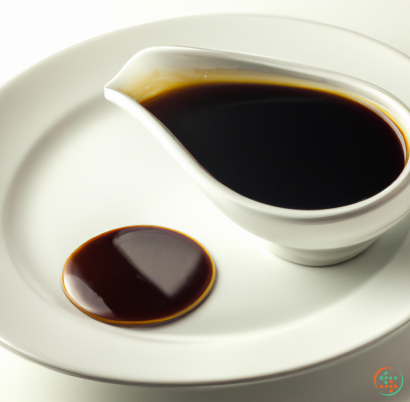Butter Oil
Every food connoisseur knows butter. This delicious dairy product is the key ingredient in many beloved dishes, from melt-in-your-mouth biscuits to rich and creamy sauces. But did you know that there’s an even more intense version of this delectable treat? It’s called butter oil, and it’s as versatile as it is flavorful.
Butter oil has been around for centuries, with traditional Chinese and Indian recipes calling for the use of this extraordinary ingredient. In fact, these cultures have a long history of creating specialty concoctions and infusions that strengthen and enhance the flavor of butter.
Butter oil differs from the traditional butter we’re all familiar with in a couple of ways. For starters, it has a thicker and more concentrated consistency. It’s also more intensely flavored; its taste is described as having a sweet, nutty flavor.
In terms of its production process, butter oil is made by heating butter until it melts. This melting process causes the water and milk solids in butter to separate from the fat, resulting in a substance that contains an incredibly high concentration of butterfat. By removing the water and other elements from the mix, the butterfat content is increased, making it much richer, more flavorful, and more intense than regular butter. As a result, the oil created is both more concentrated and more aromatic than traditional butter.
Plus, since butter oil’s concentrations of saturated and unsaturated fats are so much higher than in regular butter, its shelf life is much longer. It also has a higher smoke point than regular butter, meaning it can handle higher temperatures without burning or turning unpleasant. This makes it especially useful for sautéing, deep-frying, and other types of cooking that require high heat.
Because of its intense flavor, butter oil is commonly used to add intense, robust flavors to dishes. Its nutty taste is especially favored in Indian cuisine; it is frequently used in the preparation of methods like chhutney, curries, marinades, and sauces. It can be used to add an extra depth of flavor to vinaigrettes, to gild seafood such as salmon or trout, and even to glaze whole-wheat pastas to make a thick, creamy sauce. And its texture makes it a popular choice for baking; it can be used to give pie crusts that little extra bit of flaky crispness, or to make rich, buttery shortbread cookies.
Butter oil has a number of other culinary uses as well; it’s suitable for both savory and sweet dishes. The oil’s nutty flavor and robust aroma can enhance the flavor of stew, rice dishes, soups, and even desserts. And because of its thickness and high fat content, it can be used as a substitute for heavy cream when making custards, flan, and puddings.
As with most gourmet food products, butter oil is not particularly cheap; it will typically cost about two to three times as much as regular butter. But if you want to really kick your dishes up a notch and deliver an intense, nutty flavor unlike any other, butter oil is definitely worth seeking out. With a little bit of this special ingredient, you can take your cooking game to the next level.
An Introduction to Butter Oil: From Creation to Your Dinner Plate
Butter oil is an integral part of the cuisine around the globe. It not only adds flavor, but it also infuses a silky and smooth texture to many dishes. Butter oil is created from churning cream until the butterfat separates from the skimmed milk, resulting in a rich and creamy product that can enhance the flavor of your cooking. But what exactly is butter oil and how does it travel from its source to your dinner plate? Let’s explore this natural product and find out.
What is Butter Oil?
Butter oil is a type of clarified butter, meaning it has had the milk solids removed and is a yellowish-gold hue when melted. Produced by churning and separating the cream from skimmed milk, it has been a culinary essential for centuries and adds flavor and aroma to a variety of dishes. While it is most commonly used in baking, sauces and vinaigrettes, many cultures use it as a finishing touch to dishes, or simply as an accompaniment to hearty breads.
A Brief History of Butter Oil
Butter oil has been a part of the culinary landscape for centuries and was likely first produced in the Neolithic period by churning and separating the cream from whole milk. Throughout history, butter was considered a valuable commodity, and its production and preservation was a laborious and skilled endeavor. In some regions, such as Wales and Ireland, its production was closely guarded to protect local production and production methods. Up until the nineteenth century, the production of butter oil was still done on a small scale—often by an entire family—employed in making, storing, and selling the butter oil.
The process of creating butter oil has remained relatively unchanged throughout the centuries. After separating the cream from the skimmed milk, it is then subjected to a churning process (either by mechanical churning machine or by hand) until it forms a semi-solid mixture known as butter. This mixture is then heated until the butterfat separates and it is ready to be skimmed off the top. At this point, the butter is strained and placed in various forms like molds, blocks, and rolls.
The Health Benefits of Butter Oil
Butter oil is an excellent source of monounsaturated and polyunsaturated fats, making it a far healthier option than other traditionally used oils such as vegetable oils, animal fats, or palm oil. It is also high in Omega-3 fatty acids, which can help reduce cardiovascular diseases. Furthermore, it is also filled with vitamin A and D, which can help fortify the immune system and aid with bone development respectively. Finally, it has been found to contain several beneficial acids, including lauric acid and butyric acid, both of which have been found to help reduce the risk of certain cancers and other diseases.
The Right Butter Oil for Your Cooking Needs
Butter oil comes in a few varieties, all of which are suitable for different cooking needs. The most common is salted butter oil, which is recommended for baking applications because it adds salty flavor. Unsalted butter oil is great for dishes that require a more subtle flavor and it is often used as a condiment or ingredient in sauces and dressings. Finally, European-style butter oil, which is made with slower churning methods and higher-end ingredients, is perfect for finishing dishes as its flavor and creaminess are more pronounced.
The Journey of Butter Oil
Let’s delve into the journey of butter oil from production to your dinner plate. The first step begins with sourcing the cream from either cows, sheep, or goats. Depending on the form of cream used—raw or pasteurized—the production process will differ slightly. Once the cream is sourced, it is then subjected to a process of churning until the fat within the cream separates from the skimmed milk. This process of churning typically takes between two to three hours and the temperature of the cream should be carefully monitored in order for the fat to separate correctly.
Once the necessary temperature is achieved, the churned contents are poured into molds, blocks, and rolls. These are then cooled in a controlled environment until they firm up. From here, a specialized machine is used to slice and cut the solid butter into various sizes. Finally, the butter is then melted down through a process of clarifying, which removes the milk solids and gives the butter it’s golden hue.
Finally, the butter oil is now ready for packaging and distribution. It is first sealed in an air-tight container to ensure its freshness and quality. Depending on the region, it may be packaged in jars, cans, tubs, or boxes. The containers are then shipped to various vendors who sell the butter oil to consumers.
The Final Plate
Now that the butter oil has arrived at the store and is stocked on the shelf, it is ready to be purchased by customers. Depending on their need, they can buy unsalted, salted, or European-style butter oil. Once it has been purchased, there are many ways in which it can be used to enhance the flavor, texture, and overall health benefits of dishes.
Most commonly, butter oil is used to enhance the flavor of baked goods, sauces, and dressings. It can also be used as a cooking medium for meats and vegetables, and it is a preferred finishing oil for a variety of dishes. For example, it is often used as a drizzling oil for fish, grilled meats, and grilled vegetables.
From its production to your dinner plate, butter oil is an incredible ingredient that can bring delightful flavor and texture to your meals. Whether it’s unsalted, salted, or European-style butter oil, it can be used to enhance the flavor of your cooking and provide a boost of nutrition to your plate. So why not give this natural product a try and savor the delicious taste that it brings to your table.
| Vitamin A | 0.84 mg | |
| Beta-Carotene | 0.193 mg | |
| Vitamin E | 0.0028 grams | |
| Vitamin K | 0.0086 mg | |
| Vitamin B2 | 0.01 mg | |
| Vitamin B4 | 0.0223 grams | |
| Vitamin B5 | 0.01 mg | |
| Vitamin B12 | 0.01 ug |
| Calcium | 0.004 grams |
Daily Value 1.3 g
|
| Phosphorus | 0.003 grams |
Daily Value 1.25 g
|
| Potassium | 0.005 grams |
Daily Value 4.7 g
|
| Sodium | 0.002 grams |
Daily Value 2.3 g
|
| Zinc | 0.01 mg |
Daily Value 0.011 g
|
| Tryptophan | 0.004 grams | |
| Threonine | 0.013 grams | |
| Isoleucine | 0.017 grams | |
| Leucine | 0.027 grams | |
| Lysine | 0.022 grams | |
| Methionine | 0.007 grams | |
| Cystine | 0.003 grams | |
| Phenylalanine | 0.014 grams | |
| Tyrosine | 0.014 grams | |
| Valine | 0.019 grams | |
| Arginine | 0.01 grams | |
| Histidine | 0.008 grams | |
| Alanine | 0.01 grams | |
| Aspartic Acid | 0.021 grams | |
| Glutamic Acid | 0.059 grams | |
| Glycine | 0.006 grams | |
| Proline | 0.027 grams | |
| Serine | 0.015 grams |
| Total Sugars | 0 ug |
per 100g
|
| Caproic acid (6:0) | 1.91 grams |
|
| Caprylic acid (8:0) | 1.11 grams |
|
| Capric acid (10:0) | 2.5 grams |
|
| Lauric acid (12:0) | 2.79 grams |
|
| Myristic acid (14:0) | 10.01 grams |
|
| Palmitic acid (16:0) | 26.17 grams |
|
| Stearic acid (18:0) | 12.06 grams |
|
| Butyric acid (4:0) | 3.23 grams |
|
| Total Saturated fatty acids: | 59.78 g | |
| Oleic acid (18:1) | 25.03 grams |
|
| Palmitoleic acid (16:1) | 2.23 grams |
|
| Total Monounsaturated fatty acids: | 27.26 g | |
| Linolenic acid (18:3) | 1.45 grams |
|
| Linoleic acid (18:2) | 2.25 grams |
|
| Total Polyunsaturated fatty acids: | 3.7 g | |
| Cholesterol | 0.26 grams |
|
| Total Sterols: | 0.26 g | |
